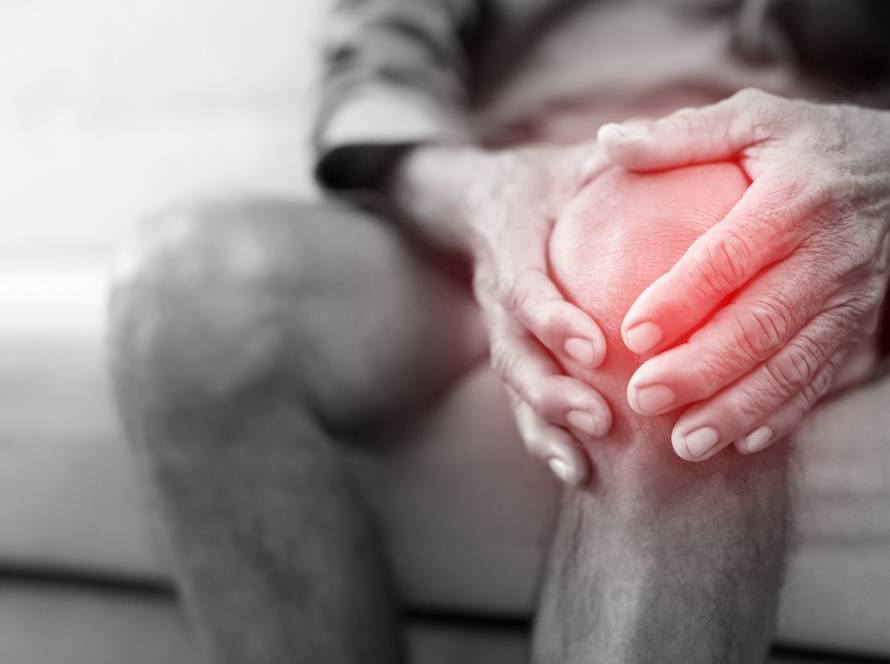Yoga appears to be good for longevity and science backs this up more and more. It emerges as a powerful practice and research shows it can deeply affect how our cells age.
Let’s get into the physical and mental benefits, check out the latest research and learn about how this ancient practice might help us live longer, healthier lives.
Can practicing yoga help us live a longer, healthier life?
Yoga is considered beneficial for longevity because it supports both physical and mental health as we age. Regular yoga practice can improve flexibility, strength, balance and cardiovascular health, all of which are important for maintaining mobility and preventing injury in later life. In addition, yoga reduces stress, promotes better sleep and supports emotional well-being, which are key factors in slowing biological aging.
Studies also suggest that yoga may lower inflammation and improve metabolic function, contributing to a longer and healthier life. While it may not directly increase lifespan, yoga clearly enhances healthspan, the years lived in good health.
How yoga affects the body’s aging process
Yoga affects how we age through various biological pathways. It can help extend our healthy years by helping our bodies function better as we get older. Research shows several ways regular yoga practice contributes to healthy aging.
Improved cardiovascular and respiratory function
Simple but consistent yoga movements help heart health by boosting circulation and making heart muscles stronger. People who practice regularly show lower blood pressure, slower resting heart rates and better heart rate variability, all signs of a healthy heart. Yoga’s focus on controlled breathing (pranayama) makes lungs work better and helps oxygen reach all parts of our body efficiently.
Enhanced flexibility, balance and bone strength
Physical abilities become vital as we age. Yoga poses work together to keep joints mobile and prevent age related stiffness. Weight-bearing poses make bones stronger and help fight osteoporosis. Poses that focus on balance improve body awareness, which reduces the risk of falls, a big concern for older adults.
Reduction in oxidative stress and DNA damage
Oxidative stress speeds up how fast cells age by harming DNA, proteins and lipids. Research shows that yoga reduces oxidative stress markers in the body by a lot. Physical movement combined with meditation seems to activate the body’s natural antioxidant defenses. These defenses protect cells from free radical damage and slow down aging at the cellular level.
Support for telomere length and telomerase activity
Telomeres protect the ends of chromosomes and naturally get shorter with age, which leads to cell aging. Studies suggest yoga helps maintain these telomeres and improves telomerase activity, the enzyme that rebuilds them. This protection of telomere health shows a direct connection between yoga and slower biological aging.
Effect on inflammation and immune modulation
Many age related diseases stem from chronic inflammation. Yoga helps moderate inflammatory responses by lowering pro-inflammatory cytokines and increasing anti-inflammatory markers. It also supports immune function by reducing stress and improving lymphatic circulation, which helps fight age related immune system decline.
These physiological changes working together show that yoga offers real benefits for longevity. Its power comes from affecting multiple body systems at once rather than just one area.
Yoga’s influence on mental health and brain aging
Yoga does more than just improve physical health. It has deep effects on mental health and brain structure that substantially help with healthy aging. People who practice yoga regularly experience numerous neurological and psychological changes that protect their aging brain.
Stress reduction and cortisol regulation
Yoga’s mind-body practice helps reduce stress by adjusting the hypothalamic-pituitary-adrenal (HPA) axis. This adjustment normalizes how cortisol gets released and prevents damage to brain tissue from long-term stress hormones. The meditative elements of yoga turn on the parasympathetic nervous system (the “rest and digest” response). This counteracts stress responses that speed up brain aging when active for too long.
Neuroplasticity and brain-derived neurotrophic factor (BDNF)
Neuroplasticity is vital for cognitive health as we age. It lets our brain create new neural connections throughout life. Yoga helps produce brain-derived neurotrophic factor (BDNF), a protein that helps neurons grow and survive. This protein works like a brain fertilizer that encourages new neural connections and helps keep existing ones as we get older. People who practice yoga regularly show more gray matter in brain areas linked to attention and sensory processing than those who don’t.
Cognitive resilience and memory preservation
Yoga combines physical postures, breathing techniques and mindfulness to create a complete brain workout. This mental engagement builds cognitive reserve and might delay symptoms even when brain changes happen. Studies over time show that regular yoga practice relates to better executive functions, processing speed and memory. These basic cognitive functions usually decline with age.
Mood regulation and emotional well-being
Emotional stability plays a vital role in brain health. Yoga boosts gamma-aminobutyric acid (GABA) levels in the brain, a neurotransmitter that improves mood and reduces anxiety. It also affects serotonin function, which explains why it works well as an additional treatment for depression in older adults. Better emotional control from regular practice creates an upward spiral. Positive mental states influence how cells age and support a longer life.
Scientific evidence and clinical studies on yoga and aging
Scientists have ramped up their research on how yoga affects aging. The evidence points to several ways this ancient practice might help us live longer.
Overview of key studies and findings
Research on yoga and aging shows results that look quite promising. A 12-week study showed major improvements in basic markers of cellular aging. These included reduced levels of 8-OH2dG (a DNA damage marker) and reactive oxygen species. A newer study on yoga-based treatments found improvements in ten different markers. These markers showed better physical, mental and metabolic health.
Telomere related outcomes in yoga practitioners
The sort of thing I love about yoga research involves telomeres. Studies link regular yoga practice to healthier telomeres. Research shows yoga practitioners have longer telomeres than people who don’t practice. People who do yoga and meditation also show more telomerase activity. Long-term meditators break the usual pattern of telomeres getting shorter with age. Their telomere length doesn’t show the expected decrease as they get older, according to research.
Changes in inflammatory and metabolic markers
Inflammation plays a crucial role in how we age. Studies of how yoga affects inflammation paint an encouraging picture. Research shows that yoga helps reduce pro-inflammatory cytokines (IL-6, TNF-α, IL-1β). Time spent practicing matters. People who did 1,000-4,500 minutes of supervised yoga showed better inflammatory profiles. Shorter practice times didn’t work as well.
Comparative benefits vs. other interventions
Yoga offers unique benefits compared to other types of exercise. A detailed analysis shows yoga helps older adults with balance (SMD 0.40) and mobility (SMD 0.50) more than other activities. Both yoga and cognitive behavioral therapy help reduce worry and anxiety. CBT works better for sleep quality though.
Yoga’s comprehensive influence reaches way beyond cellular mechanisms to broader physiological systems. The cardiovascular improvements, like lower blood pressure and better heart rate variability, work among respiratory benefits to maintain vital functions as we age. On top of that, it preserves physical capabilities by boosting flexibility, balance and bone strength, which prevents common age-related limitations.
The mind-body connection plays a crucial role in healthy aging through yoga. Its stress reduction benefits help control cortisol production, while higher BDNF levels support brain plasticity and cognitive resilience. These mental health benefits work together with physical improvements to create a positive cycle that supports overall well-being throughout the aging process.


